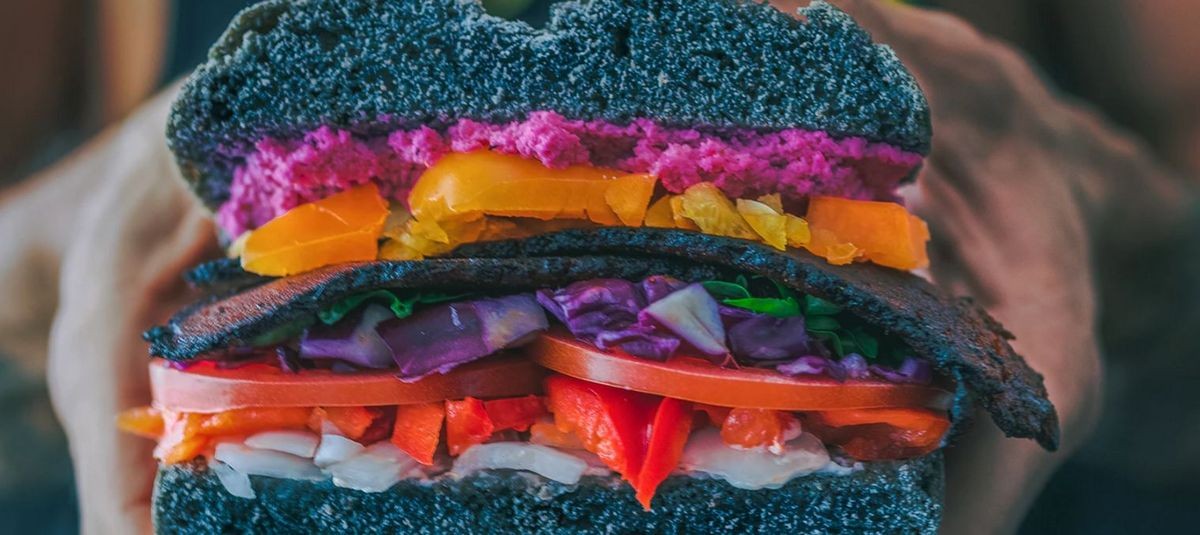
Contents
Resistant Starches: What You Should Know and Top 10 Foods
Resistant starch is indigestible starch that provides various health benefits. The best foods rich in resistant starch include oats, millets, and beans.
Carbohydrates like potatoes, bananas, and grains also contain resistant starch, which cannot be digested by the intestines.
This article provides essential information about the best foods with resistant starch, their health benefits, and how to incorporate them into your diet.
Resistant starch is similar to dietary fiber and acts as a prebiotic by fermenting in the large intestine and promoting the growth of beneficial gut bacteria.
There are five types of resistant starch, and certain foods may contain more than one type.
What are the types of resistant starch?
The types of resistant starch are as follows:
RS1. Found in grains, beans, or seeds, RS1 has a proteins network that prevents digestion.
RS2. RS2 is naturally present in raw potatoes and unripe bananas.
RS3. Retrograded starch, RS3, forms when starchy foods like potatoes, rice, or pasta are cooked and cooled.
RS4. RS4 refers to a chemically modified starchy food that resists digestion.
RS5. RS5 is a new type of resistant starch created by combining starchy foods with lipids, such as fats or waxes.
What are the health benefits of resistant starch?
Resistant starch has fiber-like properties and improves digestion, promotes satiety, helps with weight management, and prevents constipation and gas. It also enhances nutrient absorption, gut health, and reduces the risk of colon cancer and gallbladder stones.
Moreover, resistant starch does not raise blood glucose levels, making it beneficial for managing type 2 diabetes. It also helps prevent chronic conditions like inflammatory bowel disease, high cholesterol, and heart disease.
What are the top sources of resistant starch?
The top sources of resistant starch include:
1. Oats: Rich in RS1 and RS3 starch, oats improve blood sugar control and gut bacteria.
2. Millets: These whole grains have increased resistant starch levels through processing methods.
3. Beans: Cooked pinto beans are a great source of resistant starch.
4. Chickpeas: As chickpeas are cooked, their resistant starch levels increase.
5. Potatoes: Raw and baked potatoes have high levels of resistant starch, particularly when cooled.
6. Green bananas: Unripe or green bananas have abundant RS2 starch.
7. Rice: Glutinous/sushi rice contains the highest level of resistant starch, while cooked and cooled rice may have increased levels as well.
8. Quinoa: Quinoa can be modified to increase its resistant starch content.
9. Cassava: Cassava products like starch and tapioca are rich in resistant starch.
10. Buckwheat: Buckwheat groats contain significant amounts of resistant starch.
How can you incorporate resistant starch into your diet?
You can add resistant starch to your diet by cooking and cooling rice, potatoes, and pasta, incorporating beans into salads or soups, soaking oats in milk, and using green bananas or cassava flour as alternative ingredients.
QUESTION
Acta Scientiarum Polonorum, Technologia Alimentaria: "Resistant starch in potato."
Advances in Nutrition: "Resistant Starch: Promise for Improving Human Health."
Asia Pacific Journal of Clinical Nutrition: "Sources and intake of resistant starch in the Chinese diet."
Biology and Life Sciences Forum: "Effect of Acid-Extrusion Cooking on Some Properties of Quinoa Starch."
Cereal Chemistry: "Starch Characteristics Influencing Resistant Starch Content of Cooked Buckwheat Groats."
Food Chemistry: "Resistant starch analysis of commonly consumed potatoes: Content varies by cooking method and service temperature but not by variety."
Food Science and Technology: "Resistant starch in cassava products."
Frontiers in Bioengineering and Biotechnology: "Effects of Banana Resistant Starch on the Biochemical Indexes and Intestinal Flora of Obese Rats Induced by a High-Fat Diet and Their Correlation Analysis."
GI Society: "Resistant Starch."
John Hopkins Patient Guide to Diabetes: "What is Resistant Starch?"
Journal of Functional Foods: "Effects of oat ß-glucan, oat resistant starch, and the whole oat flour on insulin resistance, inflammation, and gut microbiota in high-fat-diet-induced type 2 diabetic rats."
NFS Journal: "Evaluation of resistant starch content of cooked black beans, pinto beans, and chickpeas."
Plant Communications: "Resistant starch formation in rice: Genetic regulation and beyond."
Proceedings of the National Academy of Sciences USA: "Increasing resistant starch content in rice for better consumer health."
Trends in Food Science and Technology: "Resistant starch from millets: Recent developments and applications in food industries."


